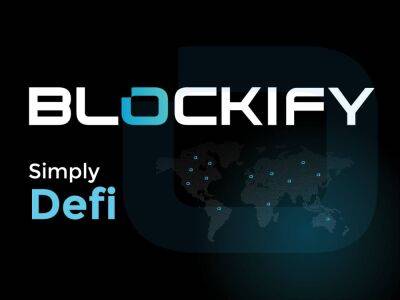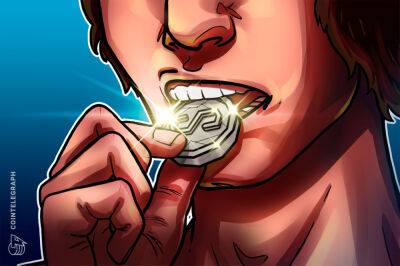How Tokenomics Might Change in the Wake of the Terra Collapse
It seems that tokenomics is in crisis. Where before a superficially deflationary monetary system was enough to draw in investors, the Terra collapse and the ongoing downturn have likely had an irreversible impact on the perceptions of traders, who now may think twice before throwing their money in with a coin that claims ‘strong tokenomics.’
So what are platforms and developers to do now? Abandon tokenomics altogether and focus more on actual utility, or refine their use of tokenomics so as to avoid catastrophic death spirals?
It seems that the approach, perhaps unsurprisingly, is going to reside somewhere in the middle. So while creating demand by offering real utility is going to become more of a focus for serious projects, there will also be a shift to more conservative tokenomics principles, which don’t bake in the possibility of a dramatic rug pull.
Following the sudden -- but perhaps not shocking -- collapse of Terra, a consensus has formed that a more cautious use and design of tokenomics will emerge in the future.
“Money in whatever form it takes has strong network effects. During the expansion phase, they are highly beneficial but, as Terra/Luna owners found out, they are equally powerful in reverse,” said Ryan Shea, a crypto-economist at London-based digital asset broker Trakx.
He is referring to the “death spiral” in which the terraUSD (UST) stablecoin and the luna (LUNA) (now luna classic (LUNC)) token found themselves in last month. Because while a rising price for terraUSD resulted in luna being burned (and hence being ‘deflationary’), a dramatically falling terraUSD price resulted in massive amounts of luna being minted, making the latter all-but worthless in the process.
For Shea, the key lesson to pull out of
Read more on cryptonews.com






















